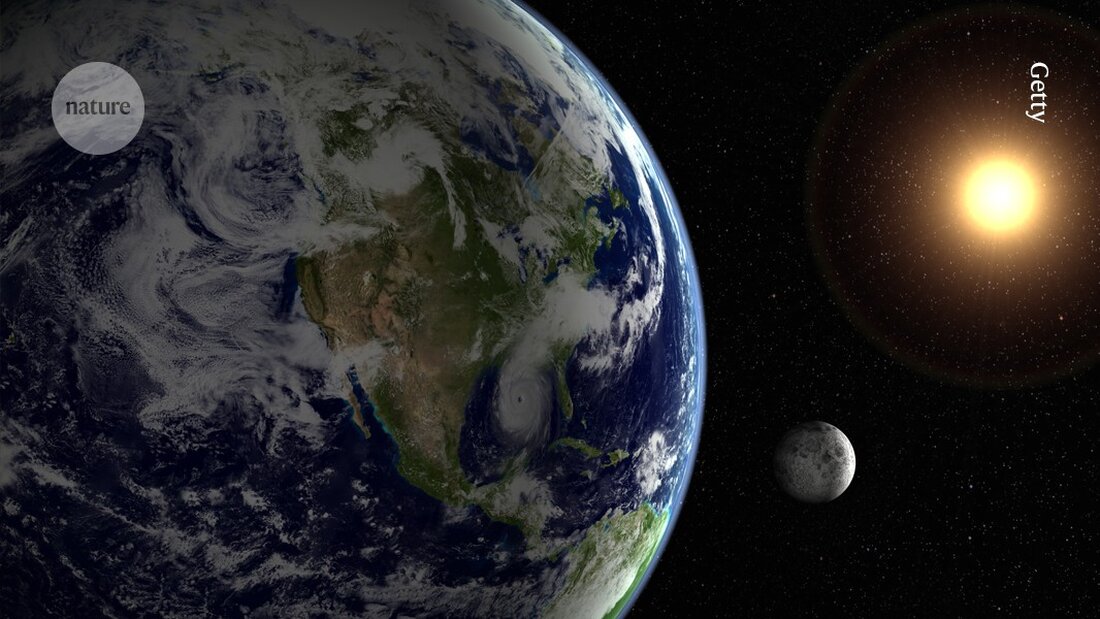Can the Earth's rotation produce energy? Physicists argue about controversial claim
Physicists are controversially discussing whether the Earth's rotation can generate electricity. Initial studies show small effects, but skepticism remains.

Can the Earth's rotation produce energy? Physicists argue about controversial claim
Electricity can be generated from the Earth's energy rotating through its own magnetic field — physicists claim in a provocative study published today.
The results are controversial, but also fascinating, the researchers report in the journal Nature. The effect was only identified in a carefully designed device and produced just 17 microvolts — a fraction of the voltage released when a single neuron fires — making it difficult to verify whether another effect is causing the observations.
If the phenomenon is real and the device could be scaled up, it could generate emission-free energy while remaining stationary. This could be useful in remote areas or for medical applications. The authors published their results in Physical Review Research 1 and presented them at a meeting of the American Physical Society in Anaheim, California.
“The idea is somewhat counterintuitive and has been discussed since Faraday,” says Paul Thomas, a physicist emeritus at the University of Wisconsin–Eau Claire. But the experiments led by Christopher Chyba, a physicist at Princeton University in New Jersey, were carried out very carefully, he adds. “I find it very compelling and remarkable.”
Others agree that the results are striking but remain skeptical. Rinke Wijngaarden, a retired physicist who previously worked at the Free University of Amsterdam, has been following the authors' claims since 2016 and could not find the effect in his own experiments in 2018. He finds the work very interesting, but is “still sure that Chyba et al.'s theory cannot be correct.”
Planetary electricity
In theory, the device would work in a similar way to an electricity plant, where pulling a conductor through a magnetic field sets electrons in motion and thus generates a current. Since the Earth rotates and part of its magnetic field remains static (at least according to a proof from 1912 ), a conductor on its surface would pass through some components of the field.
Normally this would not produce current because in a homogeneous field like Earth's, the electrons feeling this pressure would rearrange themselves to create an opposing electrical force, ultimately leaving the charges static (this does not apply in places where the force felt by a conductor is constantly varying, such as in a generator).
But Chyba and his colleagues claim they have found a loophole. Using a complex calculation, they showed that certain materials - with unusual properties and in the form of cylindrical tubes - could channel the Earth's magnetic field into a strange configuration. This, they argue, would create a magnetic pressure that the electrostatic force in the device could not balance, creating a current.
To demonstrate their theory, the researchers constructed a hollow cylinder made of a soft magnetic material containing manganese, zinc and iron. While controlling for other effects, they looked for any voltage or current flowing through the device. The result confirmed their predictions: they observed a tiny voltage of 17 μV, which depended on the device's orientation with respect to the Earth's magnetic field. The voltage was zero when they used a solid piece of the conductor instead of a hollow tube.
“The observed voltages are so low that many potential confounding factors exist,” says Wijngaarden, but points out that Chyba’s team “made great efforts to avoid” other effects that could mimic their predicted phenomenon, such as temperature variations.
-
Chyba, C. F., Hand, K. P. & Chyba, T. H. Phys. Rev. Res. 7, 013285 (2025).

 Suche
Suche
 Mein Konto
Mein Konto
